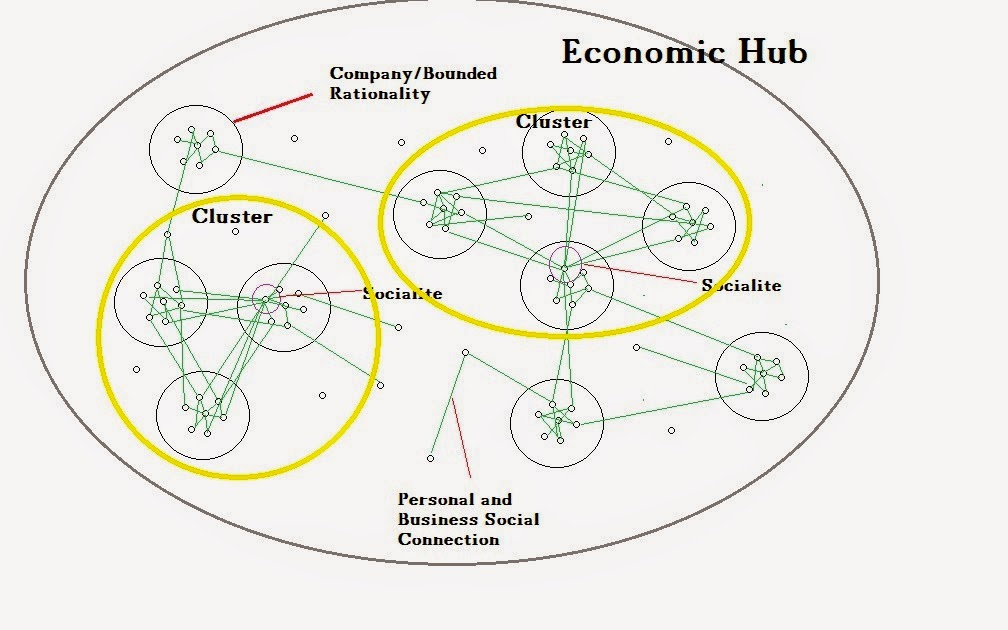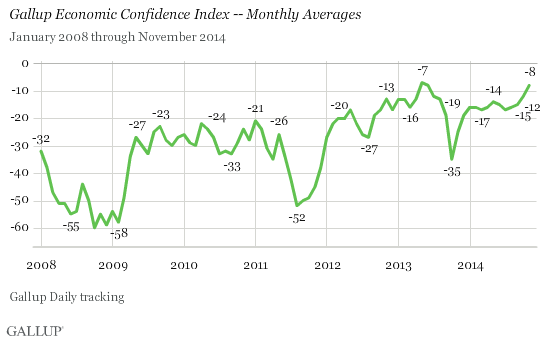Pension funds are increasingly risky and placing greater liability on cities throughout the country. On a national level, the risks to cities is large and this creates problems for cities that want to ensure they are fiscally sound. On a $10 billion fund San Diego has exposure of more than $20 billion that could subject taxpayers to an additional $10 billion in losses (McDonald, 2015).
People rely on these pension funds for their retirement and it is important to ensure that decisions are being made in the best interest of the city, state, and pension beneficiaries. Pension funds that take on excessive risk or who are increasingly exposed year after year need additional attention to get them back on track.
San Diego is not alone in its predicament. The Pew Center reviewed 2009 data and found that most cities are under risk with their pensions (Bradford, 2013). Not enough was done to ensure that these pensions are running at their optimal level and were adequately protecting the money.
Too much risk in investing can cause significant problems if things go wrong. In San Diego’s case, the pension funds could lead up to $10 billion in additional losses not only bankrupting the fund but also forcing taxpayer or state bailouts. For example, in Philadelphia a 1% sales tax was implemented to cover the cost of pension obligations, (Coen, 2014).
The risks of pension funds should be a concern for cities across the nation. At a time when the country is finally making positive economic growth pension funds are a relevant risk. States do not, in general, have the money to support busted pension systems. It is necessary to get on top of these issues now and make the painstaking adjustments that lead to solid retirements tomorrow.
Bradford, H. (2013). Pew study finds dismal funded status for most U.S. city plans. Pensions & Investments, 41 (2).
Coen, A. (2014). Treasurer: sales tax extension to aid philadelphia pensions. Bond Buyer, F347 (1).
McDonald, J. (March 19th, 2015). County pension system parts with CEO. UT San Diego. Retrieved http://www.utsandiego.com/news/2015/mar/19/brian-white-severance-sdcera-ceo/




